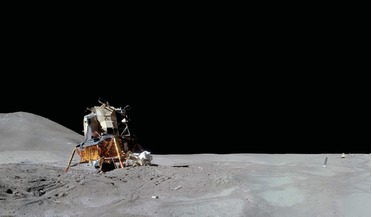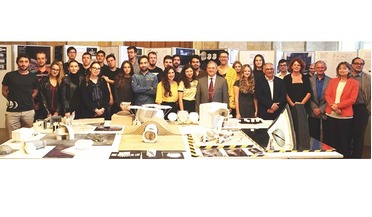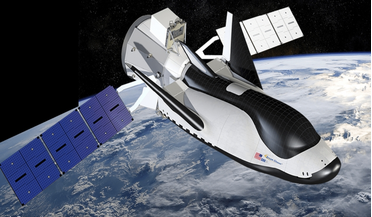 February 2018
European centre shifts emphasis to deep space missions
February 2018
European centre shifts emphasis to deep space missions
... operations area is projected to be approximately 900 m2, including experiment preparation areas. The testbed will comprise a lunar regolith simulant sourced from the local Eifel region volcanic and basalt sources, which provides a satisfactory...
 April 2019
Protecting our lunar legacy
April 2019
Protecting our lunar legacy
... by rover tracks, engine exhaust or even eventually, new footprints. Tests were done on the way the lunar regolith is disturbed in different controlled conditions. A 93-page document emerged from these studies with the title ‘Recommendations to Space...
 June 2019
Does the speed of light change with time?
June 2019
Does the speed of light change with time?
... and overwhelming relief of all concerned. One of the experiments the astronauts left behind on the dusty lunar regolith was the Lunar Laser Ranging Experiment (LLRE). The LLRE is made of quartz corner reflectors similar to bicycle...
 August 2019
Architectural challenges of a Moon village
August 2019
Architectural challenges of a Moon village
... tubes in the crater wall near the north pole, where crater-based resources, in particular the lunar regolith and icewater in the lava tubes at the bottom, are researched. Kraterhausen provides the Moon village with...
 April 2020
Protecting against the dangers of space radiation
April 2020
Protecting against the dangers of space radiation
... to do many more so new spacesuits will need to be resilient and resistant to abrasion of chemically-reactive dust of the regolith as well as offering UV protection, temperature control and oxygen to breathe. Great attention will need to be devoted...
 July 2020
Key technologies for space exploration
July 2020
Key technologies for space exploration
... in the future by developing advanced technologies for generating water from in situ resources (for example, on the Moon); regolith and dust mitigation; liquid-gas phase separation; and payload development and operation. Solutions must be designed...